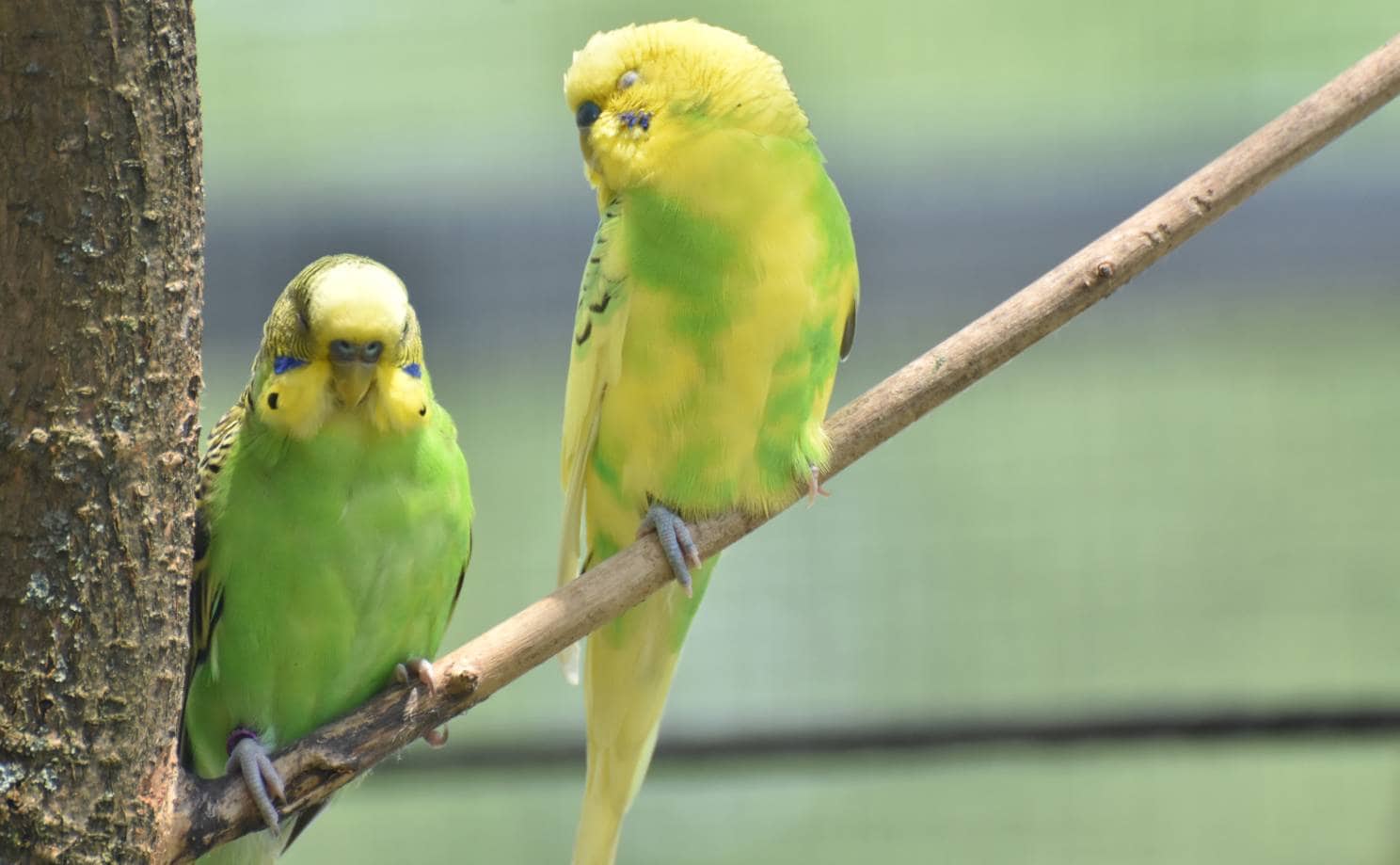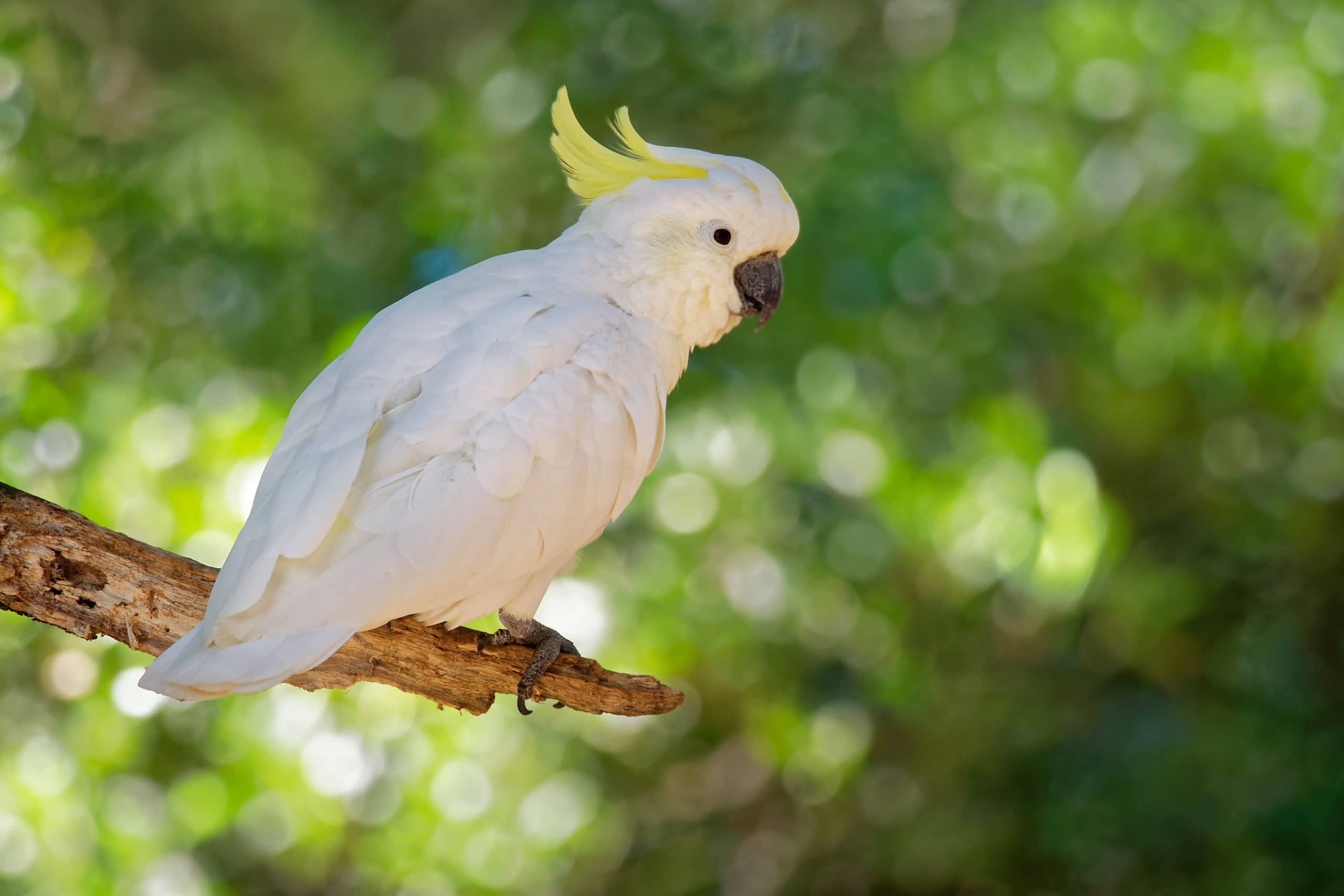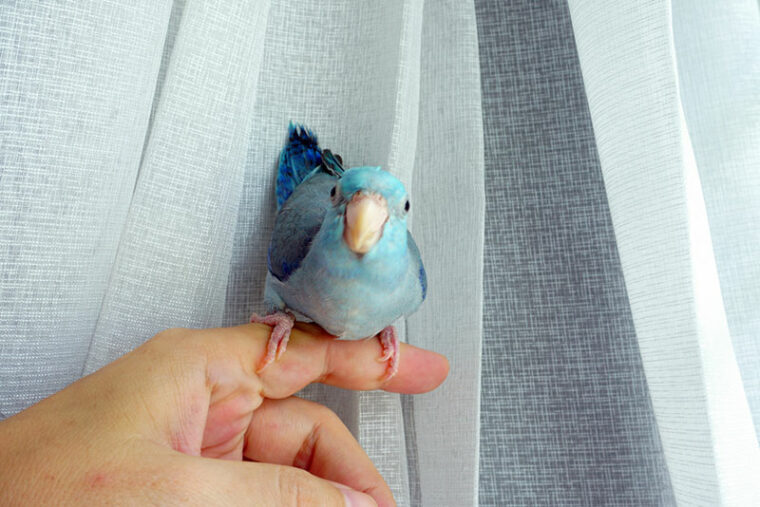
Click to Skip Ahead
Trimming your bird’s nails is a necessary part of the grooming process. It keeps them at a safe length to prevent injuries, like getting caught in cage bars. It is also essential to make handling your pet less painful for you. Those pointy tips can become needle-sharp if not worn down or cut. Regular sessions will give you a chance to examine your bird for any other signs of injury or illness.
Most birds aren’t going to like being restrained no matter how tame or docile they are. The best thing you can do is to get your pet bird used to the procedure while they’re still young. It’s also essential to associate the experience with something desirable—or tasty. Treats work wonders when it comes to making unpleasant things more tolerable. If you’re struggling with trimming your bird’s nails for the first time, here is everything you need to know.
Before You Start
Restraining your bird is necessary. These animals usually aren’t aggressive without a reason. The key is to minimize the stress as much as possible. Birds are more likely to scream and bite when agitated. Remember that they also have excellent memories. That’s one reason why making it a positive experience is imperative. Therefore, preparation is a necessary part of the process.
You can use a stockinette or towel to hold your bird. However, get your pet used to it before it’s time to trim their nails. Let your bird investigate it without the grooming session looming ahead. You can offer your pet a treat to begin reinforcing that positive connection. They are intelligent animals, so it won’t take them long to make the association.
We recommend keeping the task short and sweet. Have everything you need handy, including first aid supplies. It’s also helpful if you can have someone help you, preferably someone your pet knows. After all, our avian companions can recognize faces. The materials you’ll need include the following:
The 5 Steps to Trim Bird Nails
1. Restrain Your Bird
Arguably, this step may seem the hardest. However, your previous training will make it more manageable. Hold your pet’s body with just enough pressure to maintain control. Avoid pressing down on the animal’s chest. Hold the bird’s head with your other hand. Make sure to talk softly to your pet while handling them to try to calm them.
2. Get Ready to Trim the Nails
Allow your pet to grasp onto your finger to put their nails in easy reach of your helper. Your bird may find it comforting to be able to hold onto something.
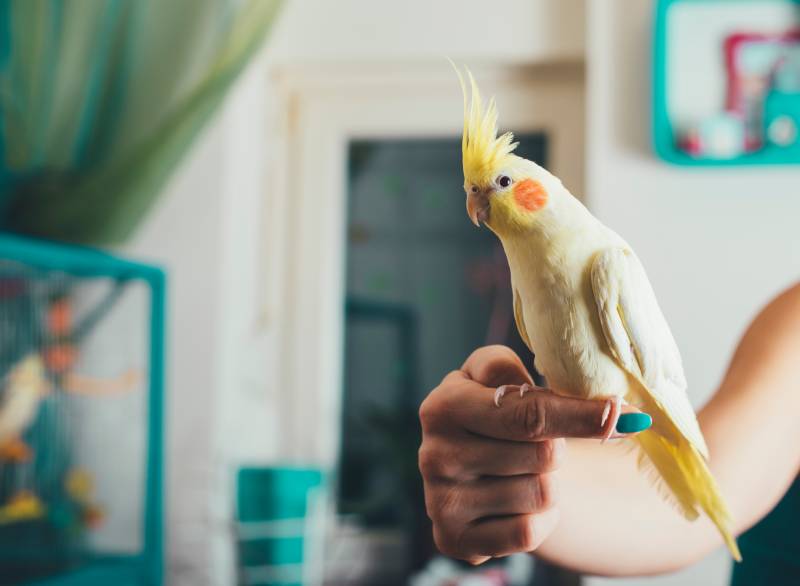
3. Trim the Nails
Lift each one in turn for trimming. You needn’t take off a lot. Clipping off the tip should be sufficient. The one caution is to avoid cutting the quick. It is a blood vessel-nerve bundle that runs down each nail, and it will bleed if you hit it. The pinkish line is easy to spot in light-colored nails. Of course, it’s harder to see in dark-colored nails. Trimming just the tips can help prevent injuring the quick.
4. If Necessary, Stop the Bleeding With the Styptic Powder
We hope you won’t need this step. However, if you hit the quick, it’s imperative to control the bleeding. You can gently pinch the end of the nail while your helper fetches the styptic powder to put on the wound. You can use cornstarch if you don’t have the powder. Again, reassure your bird and talk softly to them. It’s worth mentioning the quick recedes with regular trimming.
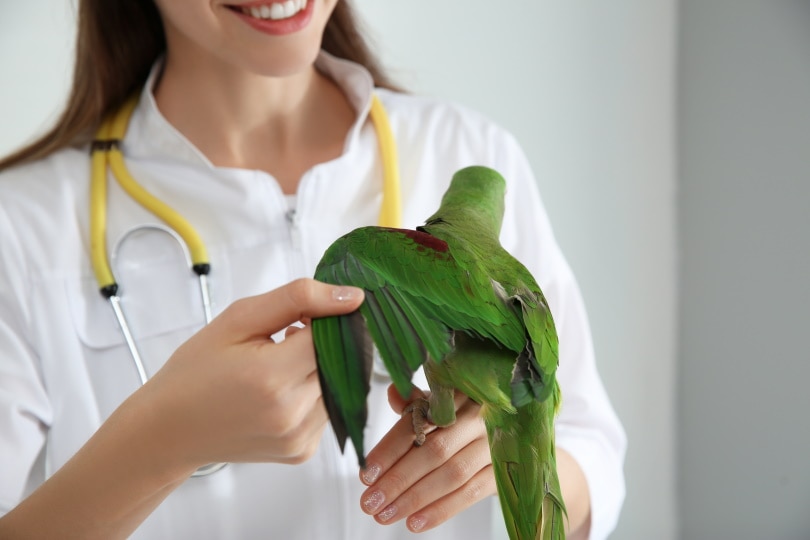
5. Reward Your Bird for a Job Well Done
After the drama of the nail trimming is over, give your bird a treat. It’s a good time to break out a special one that your pet really enjoys to make the experience as pleasant as possible. You should also spend some time bonding with your bird to reinforce the positive association.
Tips for Trimming Your Bird’s Nails
Nurturing your relationship with your bird will go a long way toward making routine tasks like grooming easier. It will build trust between you and your pet. Being held instinctively arouses fear; that’s why it’s necessary to overcome your bird’s natural impulse to fight it.
We also suggest trimming your bird’s nails regularly. They’ll learn what to expect and perhaps make less of a fuss. You might also consider leaving the stockinette or towel around the cage so that it’s not like striking fear in your dog when you pull out the carrier. The psychology is the same. The aim is to keep things positive and not only to associate them with negative experiences.
You should also provide perches of different sizes and types for your bird. It’ll prevent foot soreness from pressure on only one spot all the time. Think of wearing just one pair of shoes and how it would feel to you. To add variability, you can put manzanita branches or a braided rope in the cage. You can even get a cement perch that will file down the sharp points.
Final Thoughts
Nail trimming is a part of routine pet care. Cats and dogs don’t always enjoy it, either. The wisest approach is to make the best out of something unpleasant. Time and experience will make it easier for you and your pet bird. Adding perches of variable sizes and textures will also keep your pet’s nails trimmed. The important thing is to provide a healthy environment with enrichment to keep your bird happy.
Featured Image Credit: Ploychan Lompong, Shutterstock



